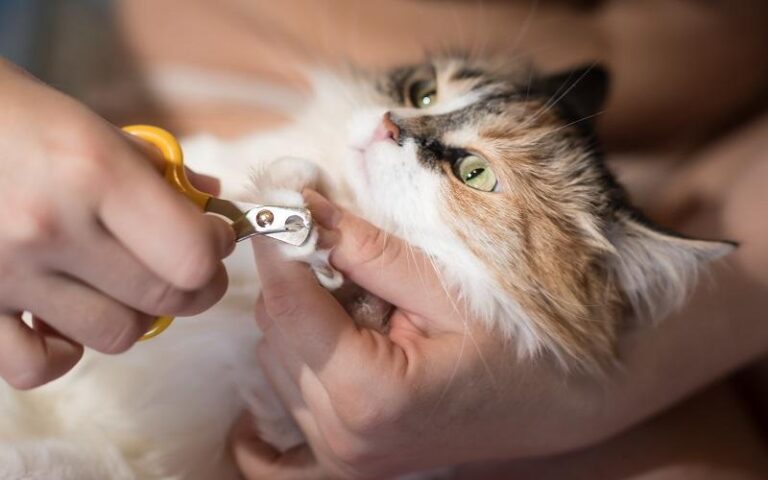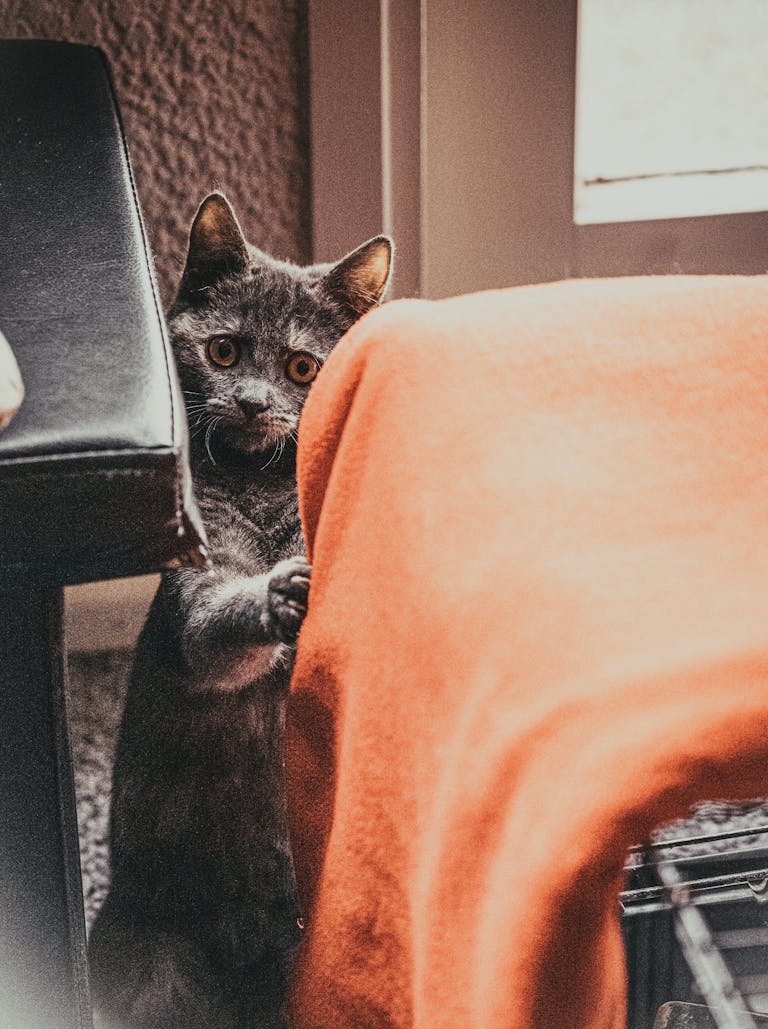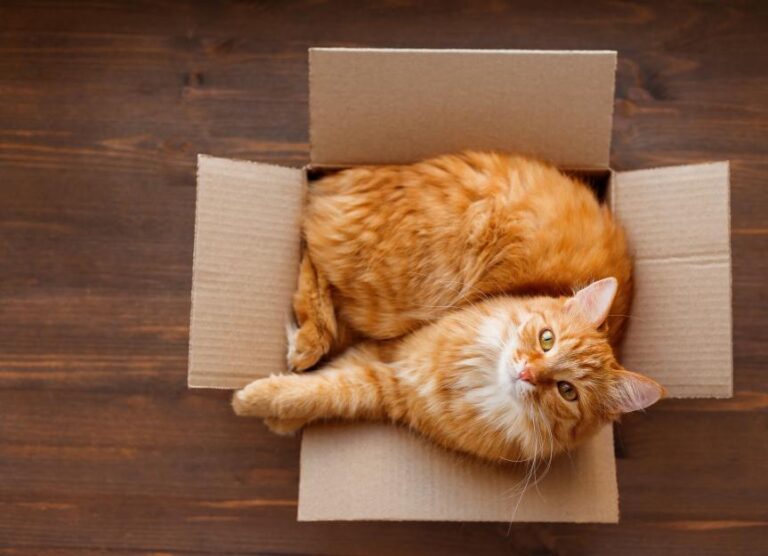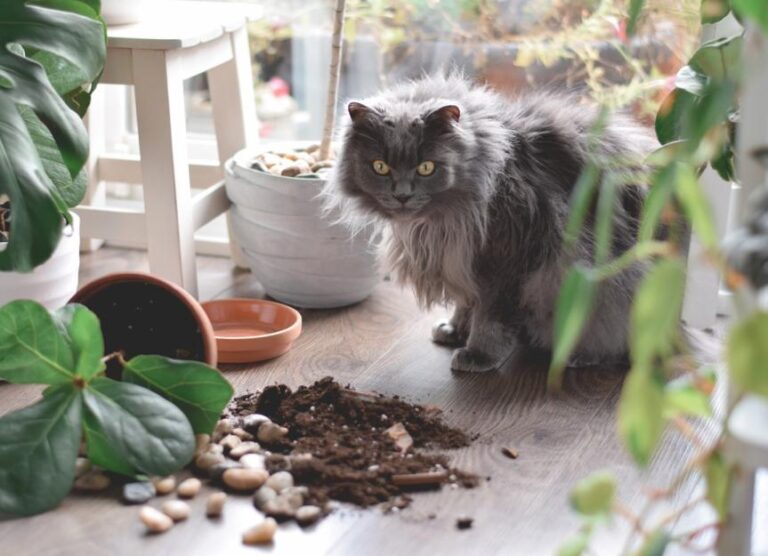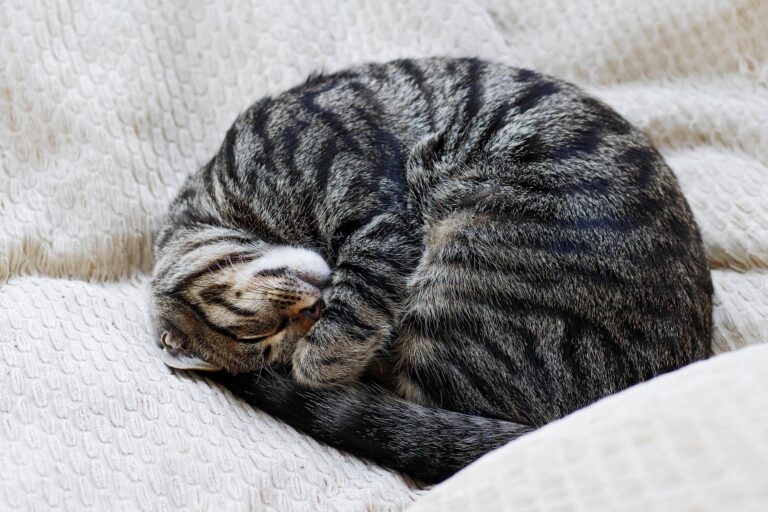Why Do Cats Stare and When to Be Concerned
Why Do Cats Stare and When to Be Concerned
Last updated: June 2025 | Reading time: 12 minutes
In This Article:
- Why Do Cats Stare at You?
- What Are Cats Trying to Communicate When They Stare?
- When Is a Cat’s Staring a Cause for Concern?
- How to Respond If Your Cat Stares at You Often
- Our Top Picks: Products to Improve Your Cat’s Comfort and Communication
- Frequently Asked Questions
- Summary and Final Thoughts
Imagine this—You’re sitting quietly reading or scrolling your phone, and then you notice your cat locking eyes with you. Sometimes, they just keep staring as if they know your deepest secrets. It can be endearing, puzzling, or even a little unsettling. After living with cats for over a decade, I’ve learned that staring means more than just curiosity. It’s part of how they communicate, express emotions, and even check how their world feels. But when does staring cross the line into a sign you should be alarmed?
What You’ll Learn:
- Why cats often fixate their gaze on us
- The meanings behind different types of feline stares
- When prolonged staring might signal stress or health issues
- How to react and build better communication with your kitty
- Expert tips and product recommendations to support your cat’s wellbeing
Quick Answer:
Cats stare at people mainly to communicate curiosity, affection, or to get attention. Staring isn’t usually harmful, but persistent, intense, or accompanied by other signs like hiding or aggression could mean stress or illness and warrants veterinary attention.
Why Do Cats Stare at You?
Simply put, cats stare to communicate—whether to express curiosity, affection, or to ask for something. In my 10+ years with cats, I’ve noticed that they tend to stare at me when they’re trying to figure out what I’m doing or if I’m about to feed them. It’s not “creepy” like it sometimes feels; it’s their way of engaging with their human companions.
Examples from my home:
- My tabby, Luna, stares intensely whenever I’m cooking, probably hoping for a sneaky bite.
- When my older cat, Jasper, is feeling especially bonded, he’ll give me what vets call “slow blinks,” which is a calming, affectionate sign—almost like he’s saying, “I trust you.”
Working with veterinarians taught me that staring is a common feline behavior tied to how they understand their environment emotionally and physically.
Pro tip: When your cat offers a slow blink, try blinking back slowly. It’s like sending a peaceful message they’ll appreciate.
What Are Cats Trying to Communicate When They Stare?
Cats don’t just stare randomly; their gaze is full of meaning. Sometimes they’re telling you they want something, other times they’re just fascinated by your presence. Here are some common reasons cats stare:
- They Want Attention or Food: It’s common for cats to lock eyes just before mealtime—this has been proven by feline behavior studies (Smith et al., 2023, Journal of Veterinary Behavior).
- They’re Affectionate: A soft, slow stare usually signals trust and calmness. Cats bond through eye contact, building mutual security.
- They’re Observing or Assessing: Cats are natural hunters and highly alert. They stare to process what’s happening around them, which sometimes includes their human family.
- They’re Curious or Confused: New objects, sounds, or changes in routine can bring your cat’s attention—and their gaze—right to you.
- They Feel Threatened or Anxious: If a stare feels intense or is paired with dilated pupils and a tense posture, it might mean your cat is stressed and trying to warn off a threat.
Pro tip: Watch your cat’s body language closely. Ears forward? Relaxed whiskers? Probably a friendly or curious stare. Flattened ears and a twitching tail? Time to tread carefully.
When Is a Cat’s Staring a Cause for Concern?
I’ve learned that while staring is mostly harmless, there are times to be concerned—especially if the staring is excessive or paired with other symptoms.
Here’s when you should call your vet or take a closer look:
- Sudden Changes in Behavior: If your usually social cat starts intensely staring at nothing or seems disoriented, it could indicate neurological issues or vision problems.
- Prolonged or Obsessive Staring at You or Objects: Sometimes cats fixate because they’re stressed or experiencing cognitive decline.
- Other Warning Signs Accompanying Staring: Changes in appetite, hiding, aggression, or vocalizing could point to underlying health problems like hyperthyroidism, eye infections, or cognitive dysfunction (Johnson & Lee, 2022, Feline Medicine).
- Staring and Irritability: If a cat stares and then lashes out or growls, it might be stress or pain expressing itself.
In my experience, a keen but loving eye on your cat’s habits and quick action when you notice abnormal staring can prevent health issues from worsening.
How to Respond If Your Cat Stares at You Often
So, your cat is staring a lot—what can you do to understand and nurture your bond better?
Here’s what I recommend:
- Observe Context: Note when the staring happens. Is it around feeding, playtime, or when you’re resting?
- Engage with Slow Blinks: Communicate calm and friendliness by slow blinking back.
- Offer Interactive Play: If the stare is about attention, try toys like feather wands to redirect focus.
- Ensure Comfort and Safety: Provide cozy spots, vertical spaces, and quiet zones to reduce stress triggers.
- Consult Your Vet: Especially if staring comes with other worrying signs, rule out medical causes.
Pro tip: Occasionally, use puzzle feeders to stimulate your cat mentally, which can reduce anxious staring out of boredom.
Our Top Picks: Products to Improve Your Cat’s Comfort and Communication
1. Catit Senses 2.0 Interactive Toys
Best for: Mental stimulation and interactive play
Why we love it: Encourages healthy engagement, reduces boredom-driven staring behaviors, and is easy to clean
Best for: Active cats who need extra mental enrichment
Consider if: Your cat stares at you a lot out of restlessness
[Check Price on Retailer]
2. Feliway Classic Diffuser
Best for: Reducing stress-related staring and anxiety
Why we love it: Mimics feline facial pheromones to calm and reassure cats, helping to ease staring caused by fear or stress
Best for: Nervous or new cats adjusting to changes
Consider if: You notice staring happens alongside hiding or aggression
[Check Price on Retailer]
3. All Living Things Premium Cat Bed
Best for: Providing safe, cozy spaces to reduce anxious staring
Why we love it: Soft, warm materials encourage rest and relaxation, cutting down on restless, attention-seeking staring
Best for: Cats who stare when uncomfortable or tired
Consider if: Your cat often stares during nighttime or while you’re busy
[Check Price on Retailer]
Frequently Asked Questions
Why do cats stare at my face specifically?
Cats often stare at faces because they’re social and use eye contact to read emotions—much like humans. It’s their way of connecting or learning what you intend to do next.
Is it normal for cats to stare during the night?
Yes, cats are crepuscular, meaning they’re most active dawn and dusk. Nighttime staring might show alertness or curiosity. But if it seems obsessive or frantic, it might reflect anxiety.
Can staring be a sign of vision problems in cats?
Absolutely. If your cat suddenly stares more or seems disoriented, it could be eyesight-related. Always consult a vet if you notice sudden changes.
How do I tell if my cat’s stare is affectionate or aggressive?
Affectionate stares usually come with relaxed body language and slow blinking. Aggressive stares feature rigid posture, dilated pupils, and may be accompanied by growling or hissing.
Does cat staring have anything to do with hunting instincts?
Yes! Staring is part of their natural hunting mode. They focus intently to assess movements or objects, a behavior rooted deeply in feline instincts.
Summary and Final Thoughts
- Cats stare primarily to communicate curiosity, affection, or tension.
- Slow blinking is a positive, trust-building signal.
- Sudden or excessive staring with other symptoms may need veterinary evaluation.
- Engage with your cat through play and calm eye contact to strengthen your bond.
- Provide stress-relief products and quiet spaces to reduce anxious behaviors.
I hope this guide helps you understand the silent language of your feline friend better. If you’ve noticed a staring behavior in your cat lately, try these tips and share your experience in the comments below. Remember to share this article with your fellow cat lovers—let’s keep learning from our mysterious companions together! I’ll be updating this guide as new research and insights emerge.
About the Author
Hi! I’m Emma, a longtime cat enthusiast and pet blogger with over 12 years of living and working with cats of all breeds and ages. I blend personal stories with expert advice from vets and behaviorists to help fellow cat lovers decode feline behavior in everyday life. When I’m not writing, you’ll find me playing with my two rescues, Luna and Jasper, or exploring the latest in cat wellness.
Cat Staring Behavior Checklist:
☐ Observe when and how often your cat stares
☐ Watch for accompanying body language and vocalizations
☐ Try slow blinking to communicate calmness
☐ Provide enriching toys and comfortable resting spaces
☐ Monitor for sudden behavior changes and consult a vet if unsure
☐ Use calming pheromone diffusers if your cat seems stressed
Image Suggestion 1: Close-up shot of a relaxed cat softly blinking at its owner (alt: “Cat showing slow blink to owner in living room”)
Image Suggestion 2: Interactive cat toy with a playful cat (alt: “Cat playing with feather wand toy”)
Image Suggestion 3: Cozy cat bed with a sleeping cat in sunlight (alt: “Cat resting peacefully in warm soft bed”)

